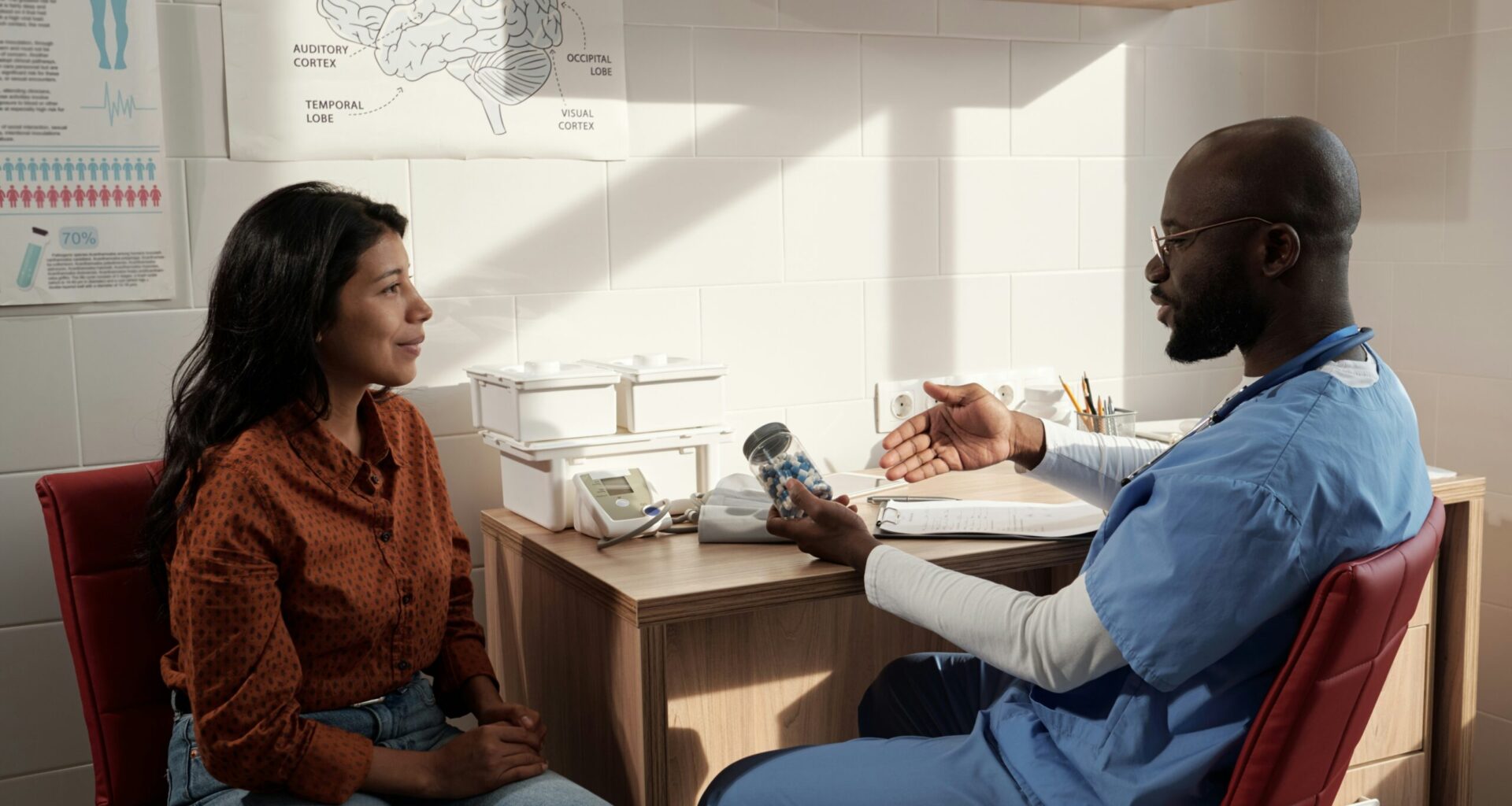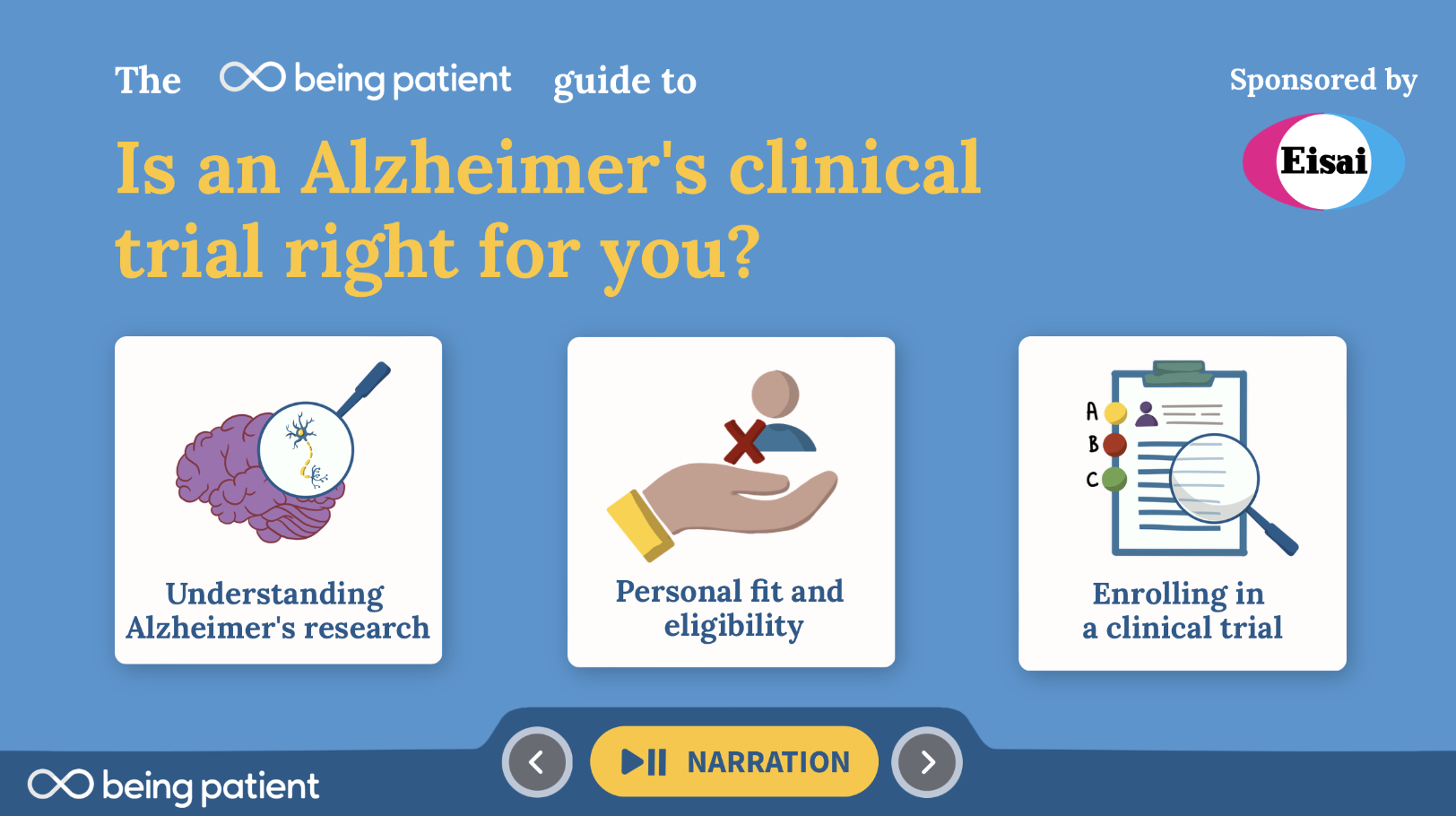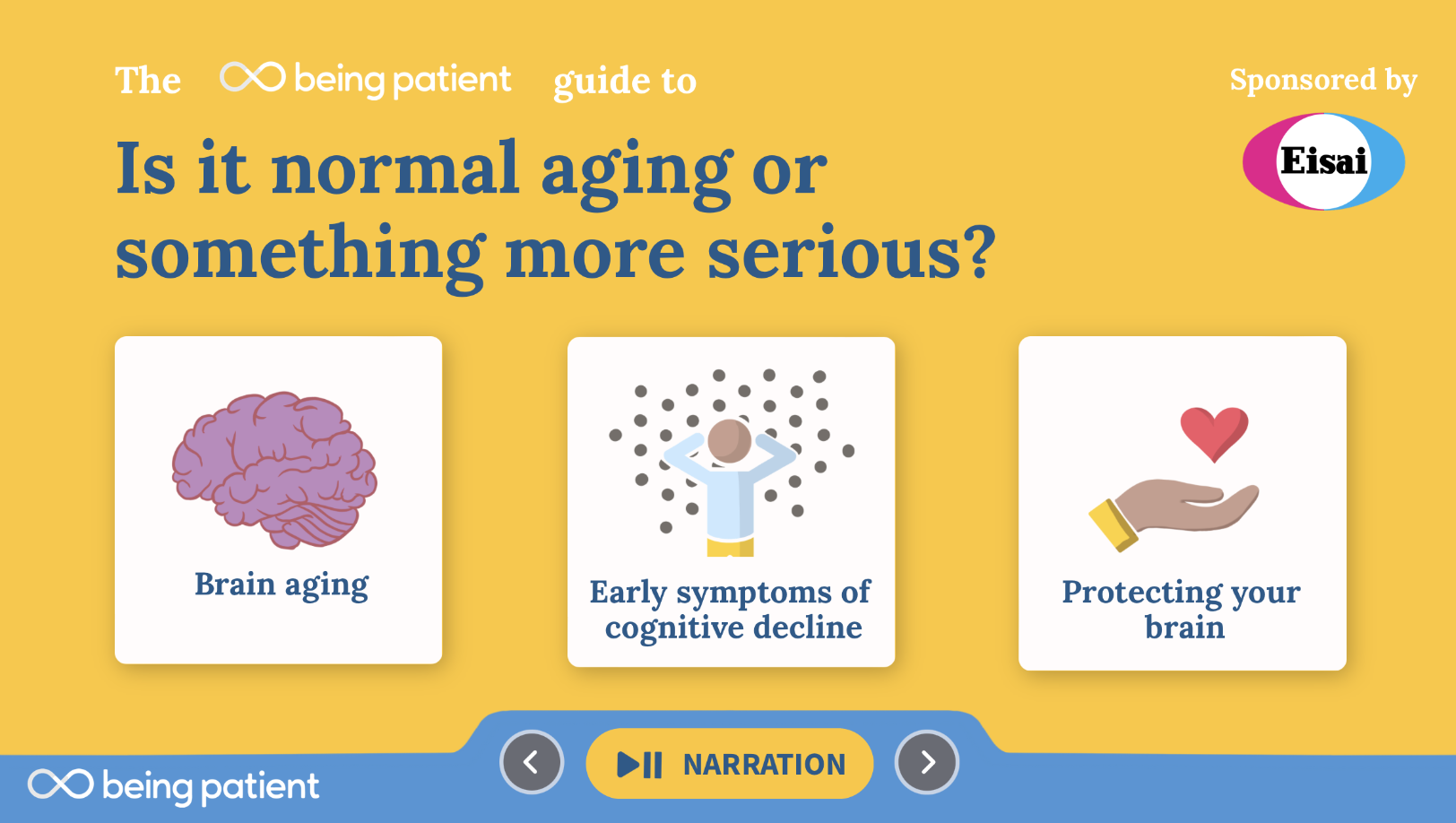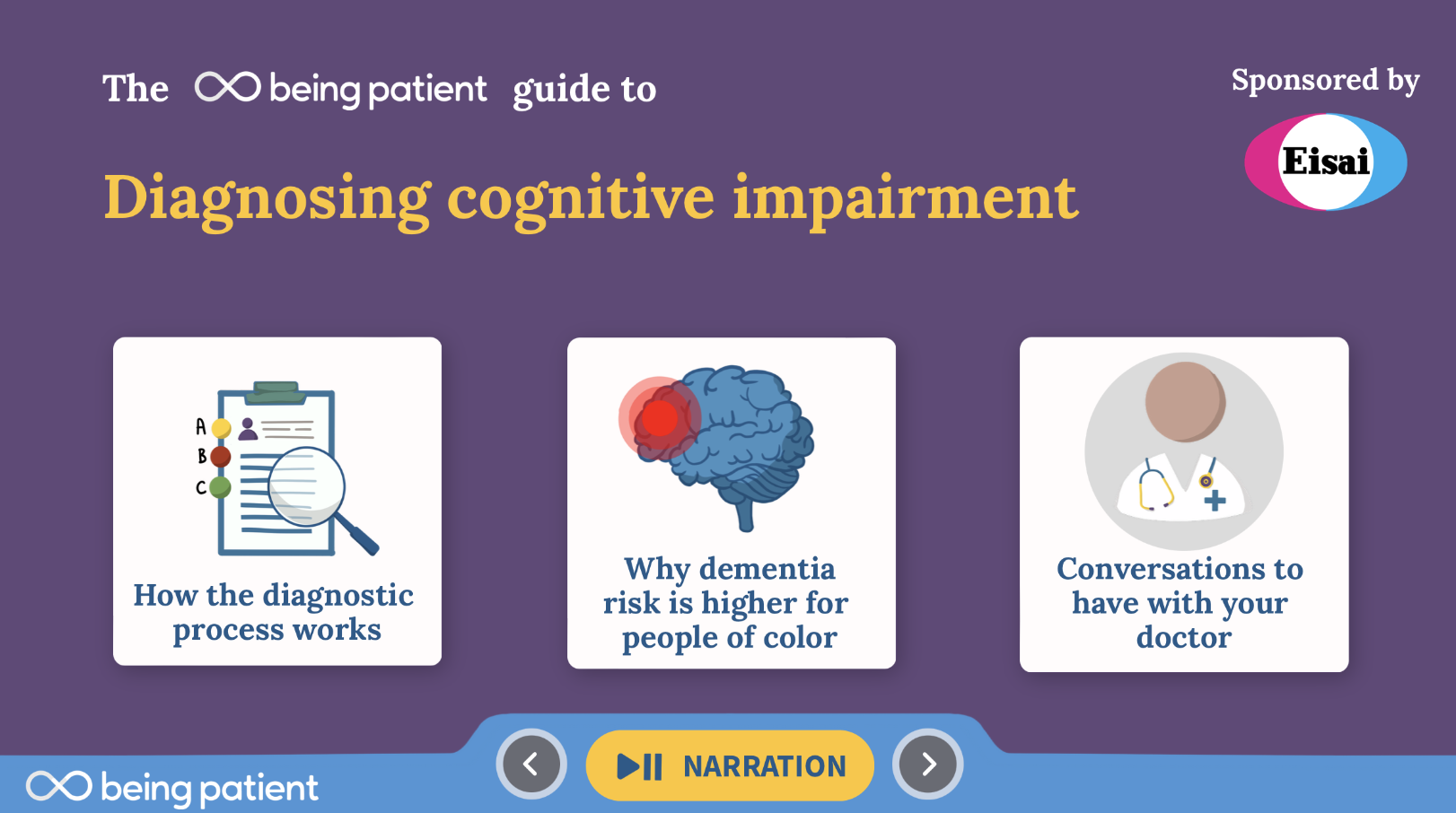Is an Alzheimer’s clinical trial right for you?
What does it mean to enroll in an Alzheimer’s clinical trial from a community historically underrepresented in research? This guide is a brief explainer to help you make informed decisions about joining a clinical trial and learn from clinical trial participants themselves.
While there’s increasing focus now on enrolling diverse participants, researchers like María Aranda, professor at University of Southern California, say the efforts have yielded little success.
“We’ve already spent maybe billions of dollars in the last four decades [on diversifying trials], and yet less than 5 percent of these trials include underrepresented groups like Latinos and African Americans,” Aranda said. “That’s a travesty.”
Participating in trials offers many potential benefits, like having access to cutting-edge treatments and regular health checks, including expensive lab procedures, by medical professionals that could catch other conditions early. It can also help advance science and treatment for future generations.
Kim Reid and Andres Martin share their experiences in trials. Reid, who lives with Alzheimer’s disease, halted her participation in an Alzheimer’s drug trial due to side effects. Martin, who has the Jalisco gene, a rare genetic mutation, participated in the Dominantly Inherited Alzheimer’s Network (DIAN) study, in which researchers studied his brain prior to the onset of Alzheimer’s symptoms and administered drugs aimed at slowing the disease.
Is it normal aging or something more serious?
As we age, it’s normal to experience occasional forgetfulness. Determining the difference between normal aging and cognitive decline isn’t always easy. Certain groups of people, like Black Americans and Latinos, are at higher risk of developing cognitive decline — Black Americans are two times as likely and Latinos are one-and-a-half times as likely to develop Alzheimer’s than their white counterparts.
There are many factors that can contribute to brain aging like diet, exercise, stress, alcohol and drug use, but paying attention to these lifestyle factors can help you develop healthy habits that could slow brain aging.
It’s important to note that experiencing memory problems or cognitive impairment does not always mean you have a form of dementia. Many times, the root cause of your symptoms may be treatable. Depression, anxiety, sleep deprivation, hormonal changes like menopause, traumatic brain injury, and chronic pain are all possible root causes to discuss with your doctor.
This guide includes a series of six questions to help you determine what’s normal forgetfulness and what’s not, along with actionable steps to follow if your cognitive issues are affecting your day-to-day life.
Diagnosing cognitive impairment
Why is a dementia diagnosis so hard to get right? According to a survey, 75 percent of Lewy body dementia patients were initially misdiagnosed. Disparities in diagnosis also stem from access and equity issues, and communities of color may face more barriers than others in getting access to a neurologist and obtaining an accurate diagnosis.
Depending on a person’s geographic location, they might be as much as 28 percent less likely to get a timely diagnosis, and Medicare data shows that Black Americans are two times as likely as white Americans to be underdiagnosed with dementia.
Myra Garcia, a former university fundraiser of Cuban descent, was misdiagnosed and prescribed medication for Attention Deficit Disorder (ADD) before finally being diagnosed with Alzheimer’s.
“I thought it was Alzheimer’s disease, but I went to doctors many, many times, and they all said, ‘You are fine.’” she said. “There was one doctor who did a whole bunch of testing, and at the end of the day, she says, “What you have is ADD.’”
This guide explains the tools doctors use to diagnose cognitive impairment including cognitive assessments, biomarker testing, and imaging scans. A new wave of technology is changing how Alzheimer’s is diagnosed through the help of AI, blood tests, and even tools that detect voice biomarkers and speech patterns.
These high-tech tools may detect early symptoms that traditional tests miss, and some tests can be administered remotely, which increases accessibility.



